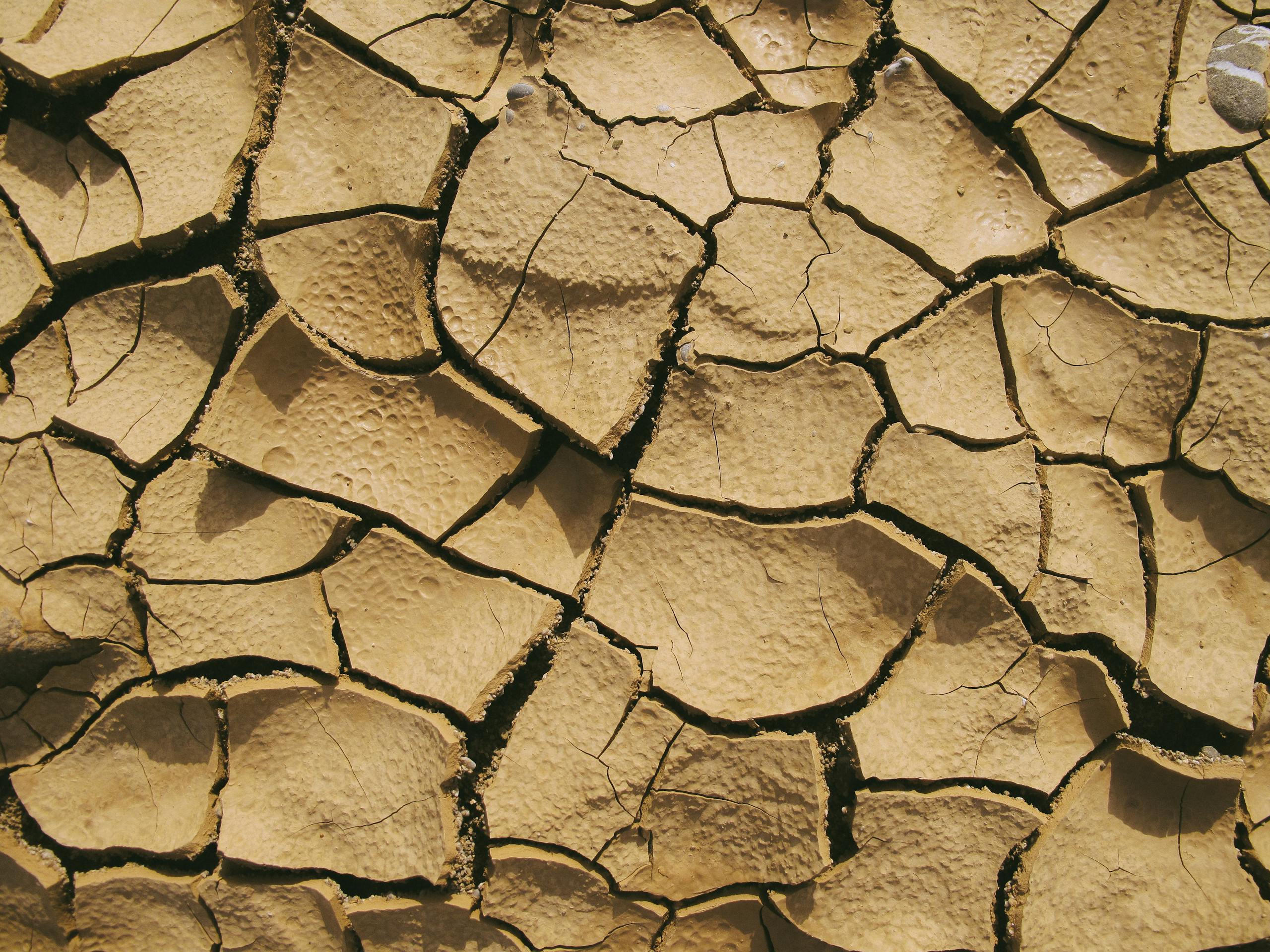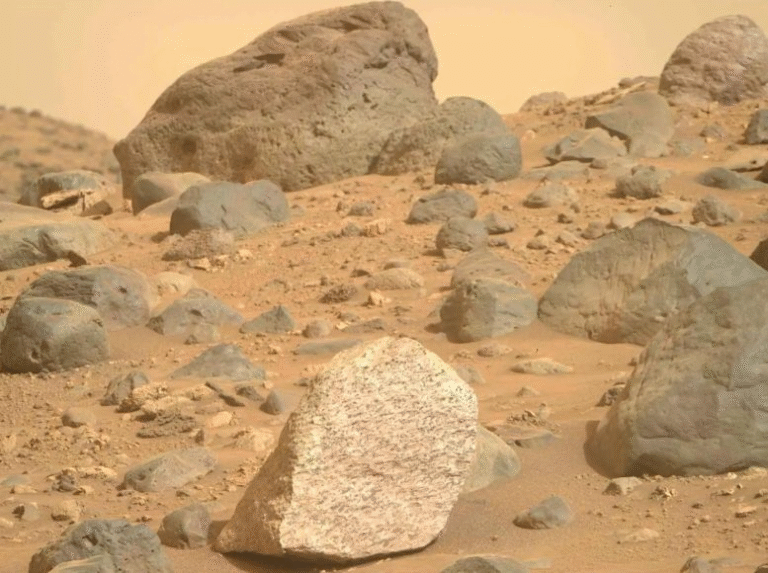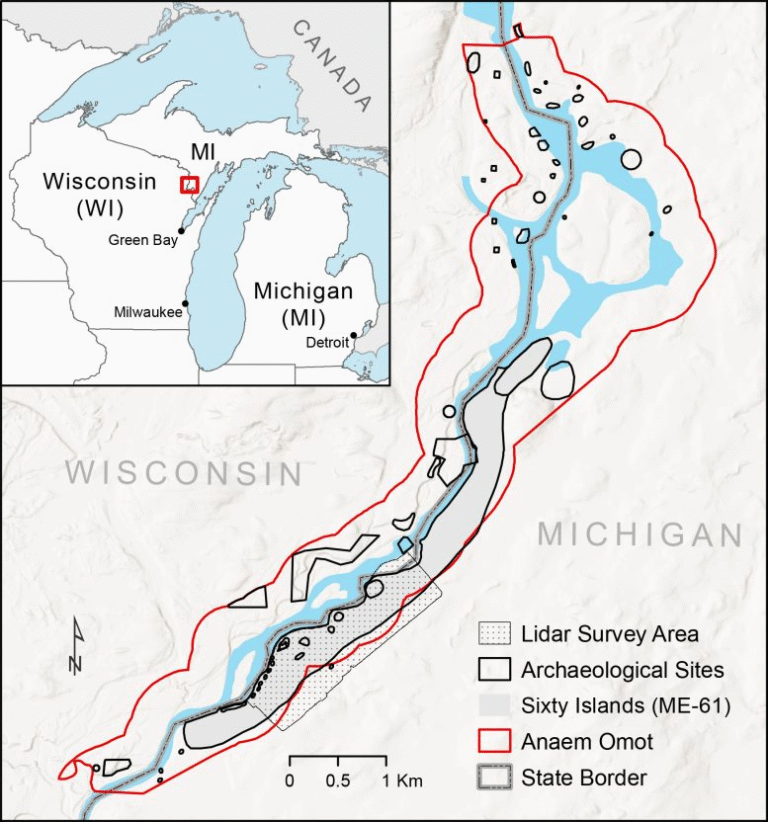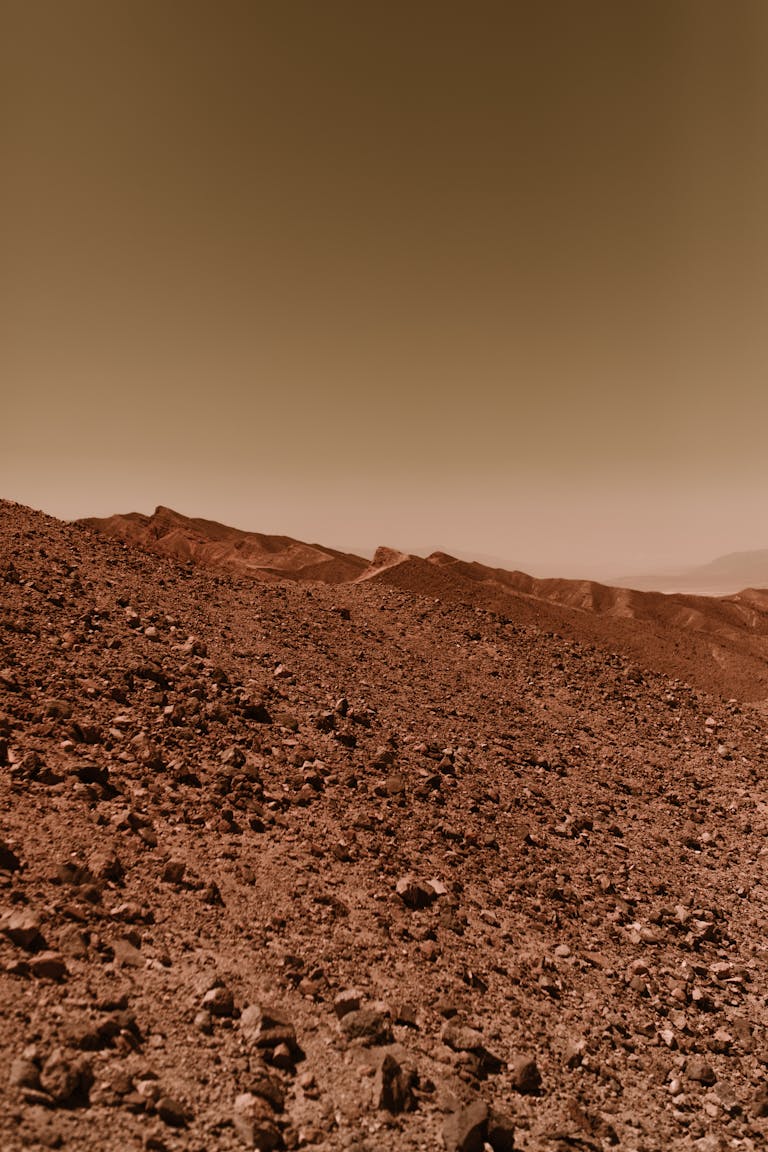The Red Sea Once Vanished: Scientists Confirm a Massive Drying and Reflooding Event 6.2 Million Years Ago

Scientists from King Abdullah University of Science and Technology (KAUST) have confirmed that the Red Sea—the narrow body of water separating Africa from Arabia—completely dried up around 6.2 million years ago, only to be suddenly refilled by an enormous flood from the Indian Ocean.
The discovery provides one of the clearest examples of how extreme geological and environmental changes can transform an entire marine basin in a short span of time.
The research, recently published in Communications Earth & Environment, reveals that the Red Sea basin went from a thriving marine environment to a dry salt desert and then back to a sea in less than 100,000 years—a blink of an eye in geological terms. Using a mix of seismic imaging, microfossil analysis, and geochemical dating, the team was able to reconstruct this dramatic sequence of events and tie it to a precise point in Earth’s history.
What Exactly Happened 6.2 Million Years Ago
Before this discovery, scientists already knew that the Messinian Salinity Crisis—a period between 5.96 and 5.33 million years ago when the Mediterranean Sea nearly dried up—caused massive changes in the region’s geology. However, the new study shows that the Red Sea experienced its own desiccation event, independent from and slightly earlier than the Mediterranean’s crisis.
During this time, the northern connection between the Red Sea and the Mediterranean was cut off. Once that link disappeared, evaporation rates skyrocketed, salinity increased beyond habitable levels, and eventually the entire Red Sea basin transformed into a vast salt flat. The marine life that once flourished there—reefs, foraminifera, mollusks, and other species—died off completely.
What makes this event even more fascinating is how it ended. Around 6.2 million years ago, a catastrophic flood from the Indian Ocean broke through volcanic ridges near today’s Bab el-Mandab Strait, the narrow passage that connects the Red Sea to the Gulf of Aden. The floodwaters surged across a distance of roughly 320 kilometers, cutting a massive submarine canyon still visible on the seafloor today.
Within a relatively short geological window—less than 100,000 years—the Red Sea basin filled up again, drowning its former salt flats and restoring normal marine conditions. From that point on, the Red Sea has remained continuously connected to the Indian Ocean, shaping its modern ecosystem.
How Scientists Discovered This Ancient Transformation
The research team combined several advanced techniques to piece together this geological mystery:
- Seismic Imaging – By sending sound waves deep below the seafloor, the researchers mapped the layers of sediment and rock across more than 100,000 square kilometers of the Red Sea basin. This helped them identify a major seismic boundary, known as the S-reflector, that separates the thick salt deposits below from younger marine sediments above.
- Microfossil Analysis – Tiny marine fossils preserved in core samples told scientists when and where marine life disappeared and later returned. The absence of marine fossils in certain layers confirmed a period of complete desiccation.
- Geochemical Dating – Using strontium isotope ratios and other chemical markers, the team precisely dated the timing of the transition between the dry and reflooded phases. Their results centered around 6.2 million years ago for the drying and just under 6.1 million years ago for the reflooding.
This combination of data painted a detailed picture: the Red Sea’s transformation wasn’t a slow, gradual process—it was a sudden, basin-wide collapse of the marine system followed by a massive flood.
The Connection to the Messinian Salinity Crisis
This period in Earth’s history—the late Miocene—was one of global climate shifts, falling sea levels, and tectonic changes. The Messinian Salinity Crisis (MSC) that struck the Mediterranean around 5.96 to 5.33 million years ago led to the accumulation of thick evaporite deposits (mainly salt and gypsum) and massive erosional surfaces across that region.
The Red Sea’s drying event, as described in this new research, preceded the Mediterranean’s crisis by roughly a million years. That means the Red Sea’s environmental collapse wasn’t caused by the Mediterranean’s isolation but by its own tectonic and climatic conditions.
According to the study, the Red Sea was initially connected to the Mediterranean from the north. When that northern passage closed, the basin became trapped, isolated, and prone to intense evaporation. As the Arabian and African plates continued to move apart, a rift opened in the south near the Hanish Islands and Bab el-Mandab region. Eventually, the Indian Ocean burst through, reestablishing marine conditions and permanently connecting the Red Sea to global oceans through the Gulf of Aden.
What the Flood Left Behind
The evidence of that ancient flood still exists today. On the seafloor near the southern Red Sea, a 320-kilometer-long submarine canyon marks the path of the floodwaters that poured into the basin. It’s one of the longest known underwater channels formed by a single catastrophic event.
The flood’s erosional power was immense. It carved deep through the volcanic ridges that once blocked the basin, reshaping the seabed and scouring away layers of salt and gypsum that had accumulated over millions of years. Once the connection was reestablished, new marine sediments began to form on top of the old salt layers, creating a sharp geological boundary that scientists can clearly identify today.
Why This Discovery Matters
This research is not just about one ancient flood—it’s about understanding how oceans are born, die, and are reborn. The Red Sea serves as a natural laboratory for studying the processes that create new ocean basins. It lies along a spreading center, where the Arabian Plate is moving away from the African Plate, gradually widening the sea and forming new crust at the center.
By studying this extreme episode, geologists can better understand how tectonics, climate, and sea-level changes interact to shape the planet’s surface. The Red Sea’s story also provides insights into how salt giants (massive deposits of salt and gypsum) accumulate, and how sudden environmental events can reshape ecosystems.
Even today, the Red Sea remains one of the world’s most saline bodies of water, with some of the warmest and most mineral-rich deep waters on Earth. Its coral reefs and unique ecosystems thrive under harsh conditions—conditions that echo its tumultuous past.
A Brief History of the Red Sea’s Formation
To put this discovery in context, it helps to understand how the Red Sea formed in the first place. Around 30 million years ago, tectonic forces began pulling the Arabian Plate away from Africa, creating a long rift valley. Initially, this valley was filled with lakes and shallow water. About 23 million years ago, seawater from the Mediterranean began to flood in, creating a young sea teeming with life.
However, over the next several million years, poor water circulation and high evaporation gradually increased salinity. Between 15 and 6 million years ago, much of the marine life vanished, and thick layers of salt and gypsum began to accumulate. Eventually, this process led to the complete desiccation identified by the KAUST team.
After the reflooding event 6.2 million years ago, the Red Sea evolved into the modern marine basin we know today. The continuous seafloor spreading in the central rift still makes it a dynamic environment, gradually widening by a few millimeters each year.
How the Findings Fit into Global Geology
The idea that entire seas can dry up and refill might sound far-fetched, but similar processes have occurred elsewhere. The Mediterranean’s Zanclean Flood, for example, took place around 5.33 million years ago, when the Atlantic Ocean refilled the dried-out Mediterranean basin through the Strait of Gibraltar.
The Red Sea’s event, however, is unique because it was reflooded by the Indian Ocean, not the Atlantic or Mediterranean. This independent sequence gives scientists another example of how isolated basins can experience extreme environmental swings.
Such findings also have practical applications. Understanding how salt layers form and are later eroded helps petroleum geologists interpret subsurface data, since salt deposits often act as traps for oil and gas. Moreover, studying ancient flood scars helps researchers model how catastrophic water flows reshape landscapes—knowledge relevant to planetary science, including the study of Mars.
Remaining Questions and Scientific Debate
While the KAUST study provides compelling evidence, not everyone in the scientific community will immediately accept a total desiccation scenario. Some geologists argue that the S-reflector—the seismic boundary used as key evidence—could represent a slower transition rather than a sharp dry period. Others point out that dating methods, though precise, still carry uncertainties when applied to events millions of years old.
Future studies using deep drilling projects, paleoceanographic modeling, and sediment sampling from multiple parts of the basin could help verify whether the entire Red Sea dried up or whether isolated brine pools might have persisted.
Still, the current evidence is strong and paints a clear picture of an extreme environmental transformation, one that reshaped the seafloor, redefined regional connections, and revived a sea that continues to thrive today.
A Sea That Died and Was Reborn
The new study highlights that the Red Sea basin records one of Earth’s most extreme environmental shifts—from a desolate salt desert to a vibrant marine ecosystem. It shows how dynamic and interconnected our planet’s systems truly are. What is today a beautiful coral-rich sea once lay completely dry under a scorching sun, only to be resurrected by a flood of unimaginable scale.
This discovery also cements KAUST’s growing reputation as a leader in Red Sea research and helps refine our understanding of oceanic evolution. The Red Sea, far from being a static body of water, is a place where geology and life have been repeatedly tested—and continue to evolve.
Reference:
“Desiccation of the Red Sea basin at the start of the Messinian salinity crisis was followed by major erosion and reflooding from the Indian Ocean” by Tihana Pensa, Antonio Delgado Huertas, and Abdulkader M. Afifi (2025), Communications Earth & Environment.
https://www.nature.com/articles/s43247-025-02642-1





